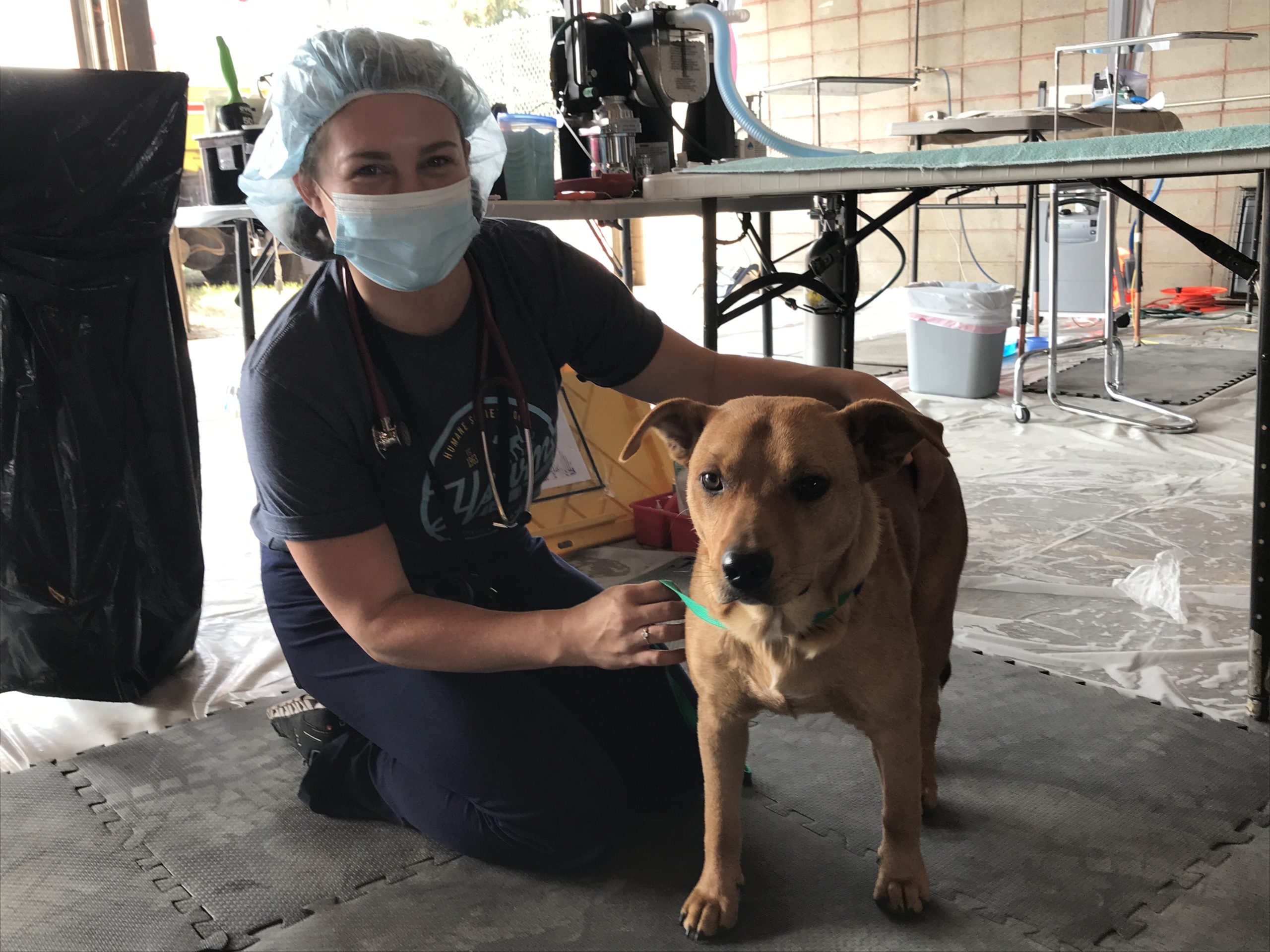
Changes at the Humane Society of Western Montana (HSWM) illustrate the advancements made possible by working with the Northern Tier Shelter Initiative team of The American Society for the Prevention of Cruelty to Animals® (ASPCA®) and the University of Wisconsin-Madison Shelter Medicine Program. Based in Missoula, HSWM shelters about 1,400 pets per year and serves far more through Emergency Community Care programming, foster support, a free behavior hotline and Home to Home placements.
From 2017 through 2021, the ASPCA provided HSWM with seven grants totaling just under $200,000 to improve shelter sanitation; increase veterinary capacity through the acquisition of equipment and in-depth training; update behavioral health practices; provide relief to the community during the pandemic; and strengthen leadership and management skills at the organization. From 2016 through 2021, the University of Wisconsin-Madison team also consulted with HSWM on multiple aspects of shelter operations and medical processes, and also provided in-depth coaching and networking through the Northern Tier Fellowship program for shelter leaders and the Maddie’s® Shelter Medicine Fellowship Program for shelter veterinarians.
These resources have helped to: reduce respiratory disease in the shelter, resulting in reduced wait times for pets to be adopted; create modest capacity to provide veterinary care to the public via the shelter facility; deliver 75,000 pounds of pet food to the community during the pandemic; coach other nearby shelters about behaviorally challenged dogs; serve as a peer resource to other shelters facing similar challenges that University of Wisconsin-Madison previously consulted on; and launch a mobile veterinary unit that serves another shelter and three Indigenous communities. Tricia Sebes, ASPCA Northern Tier Shelter Initiative Senior Director shared, “In its first six months, HSWM’s mobile unit provided 15 clinics to four locations, serving over 2,100 animals, traveling between 26 and 278 miles each way.”
